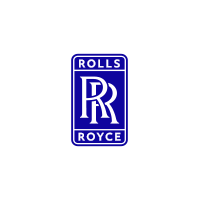I was thinking. If a fast jet needs at least 2 engine replacements during its service life and
83 Mk1A are ordered
50 TEDBF are ordered
200 MWF are ordered
then over 750 replacement engines in the 90kN-100kN thrust range will be needed.
Would it not be a good idea to pay $1 billion+ to collaborate with a major jet designer/developer/manufacturer to secure an engine (a) many of whose components can be made in India (b) which can be assembled in India? Call it Kaveri or whatever. What does it matter if 70% or 80% or 90% of the design/design and development is foreign in origin? Fast jets need jet engines and so far 100% of the engines in IAF fast jets are of foreign design and development. Any useful input GTRE could make would be a bonus.
Assuming that a 90kN-100kN engine costs $5 million plus that means spending around $4 billion for future replacement engines. I guess that they could be made in India for quite a lot less.
Having the ability to produce working engines in India at little more cost than buying them in would be a step forward to me.
83 Mk1A are ordered
50 TEDBF are ordered
200 MWF are ordered
then over 750 replacement engines in the 90kN-100kN thrust range will be needed.
Would it not be a good idea to pay $1 billion+ to collaborate with a major jet designer/developer/manufacturer to secure an engine (a) many of whose components can be made in India (b) which can be assembled in India? Call it Kaveri or whatever. What does it matter if 70% or 80% or 90% of the design/design and development is foreign in origin? Fast jets need jet engines and so far 100% of the engines in IAF fast jets are of foreign design and development. Any useful input GTRE could make would be a bonus.
Assuming that a 90kN-100kN engine costs $5 million plus that means spending around $4 billion for future replacement engines. I guess that they could be made in India for quite a lot less.
Having the ability to produce working engines in India at little more cost than buying them in would be a step forward to me.


